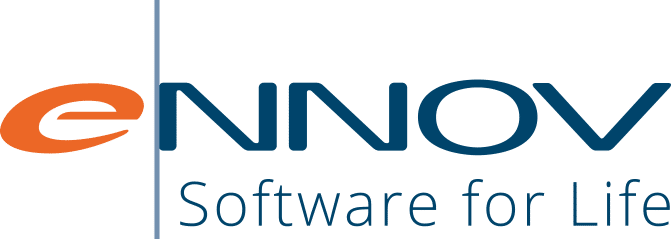Why Medtech teams need systems that reflect their reality, not pharma’s
When health authority regulatory systems were first designed, they catered to pharmaceutical regulations. Data models supported drug products; workflows were tailored to pharmaceutical oversight; documents were structured for eCTD.
For med device and med tech teams, that model falls short.
Medical device companies manage a completely different set of product definitions, global registration cycles that look nothing like one another and varying documentation to match. The pharmaceutical regulatory model isn’t just inefficient, it’s incompatible.
The pharma-first problem
Most RIM platforms on the market were built with one audience in mind: pharmaceutical regulatory affairs. While some vendors now claim to support medical devices, it often means a patchwork of bolt-ons or “device” labels hiding the underlying drug workflows.
The result?
- Fields that aren’t applicable to device data
- Submissions that don’t reflect device processes
- A lack of device-specific structured documentation
- Reporting that can’t surface pertinent med device metrics
- Out-of-system workarounds
Med device teams shouldn’t need dedicated spreadsheets just to track UDI changes, or build custom workflows every time a design iteration needs CE Mark re-certification. The pharmaceutical regulatory model clearly doesn’t work for the med device segment.
Devices deserve a purpose-built model
Medical devices have their own regulatory demands, and systems should reflect that.
A true med device RIM platform should support:
- A structured device data model for capturing UDI data
- Med device/medtech-specific terminology, such as GMDN/EMDN
- Structured technical and device submission documentation
- Country-specific registration and listing submission processes
- EUDAMED, GUDID and global data listing readiness
- Integrated impact assessments when changes cascade across markets
These aren’t niche use cases, they’re daily operations for device companies. Yet many systems are missing these core capabilities, forcing med device teams to work around their regulatory system’s failures.
This approach becomes increasingly problematic as regulatory demands grow and teams are asked to do more with less.
What to look for in a RIM system for medical devices
RIM platforms can look similar on the surface, but device manufacturers know the gaps often appear after go-live. When evaluating solutions, consider criteria that go beyond checklists and speak directly to long-term success:
- Does it natively support medical device regulatory logic? Look for built-in capabilities for UDI management, ability to create and compile varying submission files, CE Mark/PMA/510(k) tracking and country-specific listing requirements.
- Can it evolve with regulatory change? Ask whether the vendor is actively tracking EUDAMED implementation, GUDID updates, and evolving MDCG guidance, and how that translates into platform updates.
- Is it easy for users to adopt? If the system requires constant configuration support or workarounds, user adoption (and compliance) will suffer. Flexibility should not come at the expense of usability.
- Does the roadmap reflect the device domain? A platform focused solely on pharma won’t prioritize device-driven updates. Consider who contributes to the roadmap and whether device manufacturers have input.
- Is it built on a unified architecture? Med device/medtech requirements often blur the lines between regulatory and quality teams, combining documents, data and workflows. A truly unified platform avoids duplicate data and questions about ownership, supports cross-functional documentation, streamlines workflows and reduces integration burdens.
Built with (and for) the med device community
At Ennov, we took a different approach.
We worked directly with a wide array of med device/medtech leaders covering both large and small product portfolios and product risk classes. We targeted the common data points, documentation/submission structures and reporting requirements.
This collaboration continues through our Medical Device Working Group, where customer feedback directly influences what we build next. From expanding our coverage of technical submission dossiers to integrated EUDAMED implementation, we’re working with real med device users on real med device problems.
The bigger picture: everything connected, not scattered
Device-specific doesn’t mean disconnected. Ennov’s med device model is part of our truly unified platform with one data model, one repository, and cross-functional workflows that span Regulatory, Quality, Clinical, and Safety. It also pairs seamlessly with our pharmaceutical model, effortlessly meeting the needs of device companies, pharma companies, and companies with a varied portfolio. So instead of siloed tools and duplicate records, you get:
- End-to-end traceability
- Shared submissions and commitments across teams
- A single source of truth across the product lifecycle
The bottom line? Medical device companies no longer have to settle for poorly structured systems and risky work-arounds. They will greatly benefit when their systems are designed for and with the medical device industry.


